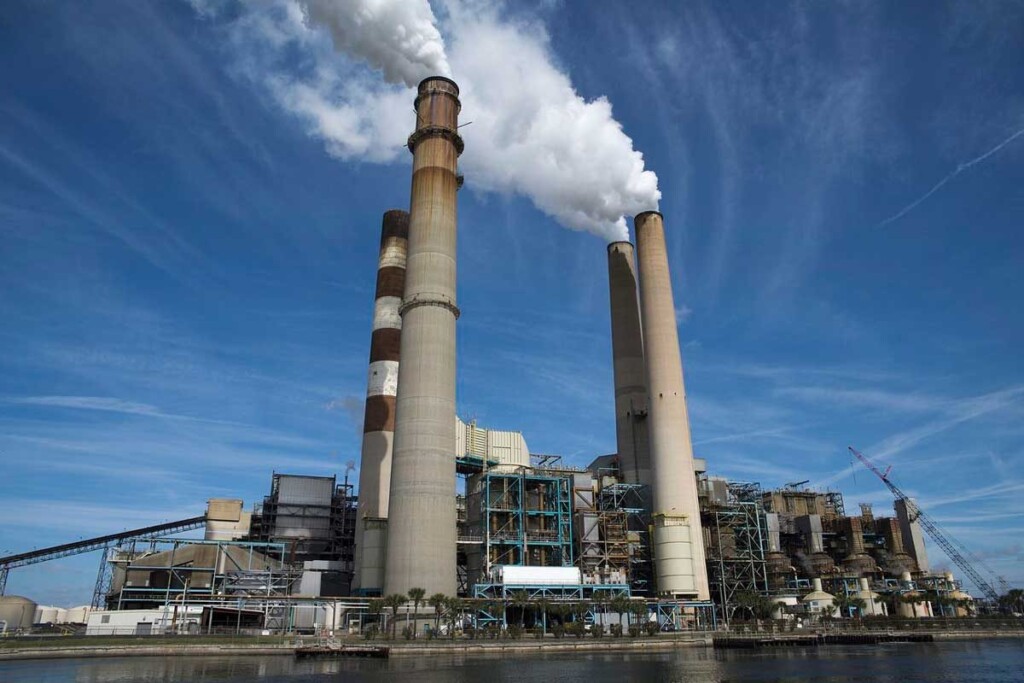
A study examining mercury concentrations in the leaves of alpine plants has revealed that humanity has reduced worldwide exposure to this most toxic of heavy metals substantially.
Controlled via a UN treaty called the Minamata Convention on Mercury Emissions, mercury (Hg) enters the atmosphere through a variety of natural and anthropogenic avenues.
Artisanal and small-scale gold mining, coal burning, and cement and nonferrous metals production all release several thousands tons of mercury into the atmosphere every year.
Much like carbon dioxide, the oceans also emit mercury—between 400-1,300 metric tons per year. Terrestrial sources include volcanic eruptions and other geothermal features, the weathering of mercury-containing rocks, soil erosion, and wildfires, and contribute around the same amount as the oceans.
Anthropogenic sources, however, contribute as much as the land and oceans together; or at least they once did.
A team of Chinese scientists from schools in Tianjin, Beijing, Tibet, and Nanjing has found that Hg concentrations in the atmosphere reduced by 70% since a peak in the year 2000. For the next 20 years, the levels continually dropped, corresponding with a reduced reliance on coal for power and the implementation of the Minamata Convention in 2013.
The scientists were able to calculate the past atmospheric Hg concentrations using the leaves of the flowering plant Androsace tapete on the slopes Mt. Everest atop the Tibetan Plateau. Here, exposure to atmospheric deposition is far greater than at sea level, and the plateau is a popular place for making such measurements.
Their study shows that today, there is less mercury emitted into the atmosphere by humans than by the Earth itself.
MORE NEWS LIKE THIS: ‘Green’ Spaceship Propellant Set to Crater Fuel Costs and Replace Ultra-Toxic Hydrazine with Peroxide
There is no safe level of mercury exposure in humans, and children are at particularly high risks.
While living around coal-burning power plants is a large risk factor for mercury exposure, small-scale or artisanal gold mining operations contribue by the most mercury into the atmosphere.
SHARE This Brilliant Down Trend With Your Friends…
!function(f,b,e,v,n,t,s)
{if(f.fbq)return;n=f.fbq=function(){n.callMethod?
n.callMethod.apply(n,arguments):n.queue.push(arguments)};
if(!f._fbq)f._fbq=n;n.push=n;n.loaded=!0;n.version=’2.0′;
n.queue=[];t=b.createElement(e);t.async=!0;
t.src=v;s=b.getElementsByTagName(e)[0];
s.parentNode.insertBefore(t,s)}(window,document,’script’,
‘https://connect.facebook.net/en_US/fbevents.js’);
fbq(‘init’, ‘1923853574557163’);
fbq(‘track’, ‘PageView’);
Source link
The post Mercury Emissions Fall 70% Over the Last Four Decades Thanks to UN Treaty, Coal Phase-Out appeared first on World Online.